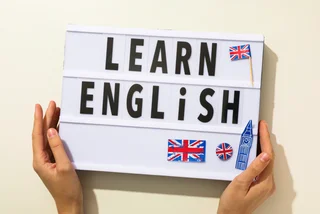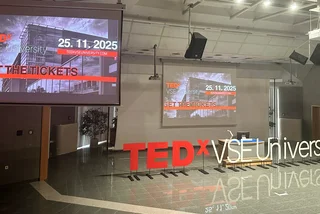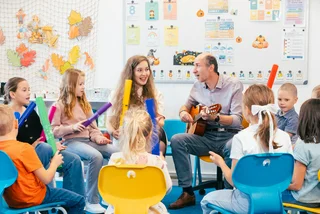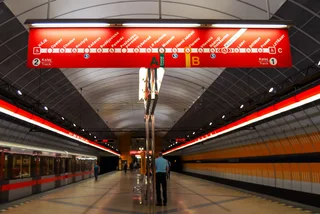A novel online application system for Czech secondary schools is due to launch this week, which gives over 100,000 children in Czechia the chance to apply for three secondary schools (for the September 2024 intake). Unlike previous years, pupils (or their parents/guarantors) can do all this electronically.
The system was meant to go live after midnight today. However, it faced unexpected technical glitches, pushing the launch back – possibly to tomorrow. To cope with an expected surge in applicants this year, Czechia’s Digital and Information Agency had increased system capacity by 45 percent.
Prime Minister Petr Fiala weighed in on the unexpected glitch, promising applicants that the technical issues would not affect admission procedures for secondary schools.
A move online, with more choices available
In collaboration with the Center for Education Results (CERMAT), the launch of the online application is part of the government’s digitization drive to make public administrative processes easier. Paper-based submissions will still be accepted in the 2024 admissions round.
Pupils can submit applications on the Dipsy.cz (digitální přihlašovací systém) website. An e-Government mobile key, banking identity, or Citizen’s Identity can all be used to sign in.
FAST FACTS ON SECONDARY SCHOOL APPLICATIONS
- A new portal for electronic submissions to secondary schools opens this week
- Children can now apply to three schools, rather than two
- Applicants can now rank their three choices by preference
- The deadline to apply is Feb. 20 – last year, this was Mar. 1
- Paper and “hybrid” submissions will be accepted until Feb. 20, too
- Students will find out whether they got accepted in mid-May
- A further round of admissions for unallocated students begins in late May
This year, applicants may also list their school choices by preference, specifying which school they most want to attend. One novelty from this year is the fact that students can apply to one extra school – in 2023, the maximum number of selected schools was two.
Time of application irrelevant, but must be before Feb. 20
Students may apply until Feb. 20. Earlier this week, Education Minister Mikuláš Bek reminded children and their parents that the time and date of application had no impact whatsoever on a student’s chance of admission.
The country's unified entrance exam (occurring in mid-April) will determine the child's eligibility for schools based on their results and listed preferences. Pupils will get notifications of their results and new schools in mid-May.
If students fail to get into one of their chosen schools, they may apply again in the second round of submissions, opening May 20, 2024 and closing on May 24.
FOREIGNER FOCUS
Applicants who have thus far studied outside the Czech Republic can request not to take the Czech language exam. They must have a translated certificate from their previous school. The school to which the student is applying will verify their Czech language proficiency through an interview. Non-Czech speakers can also receive adjustments to the admission process with a written recommendation from a school counseling center. Find more information on the META website for foreigners in Czech education.
A hybrid submission option is available for those lacking an electronic citizen identity. This entails inputting data into the Digital Registration System, receiving a document via email, printing it, signing it, and physically delivering it to a designated school.
In Czechia, primary education typically finishes when a child turns 15 (or reaches the ninth grade), after which they will apply to upper secondary education. Children also have the option to apply for six- or eight-year gymnasiums (grammar schools; part of secondary education) either after their fifth or seventh year of elementary education).












 Reading time: 3 minutes
Reading time: 3 minutes 



























